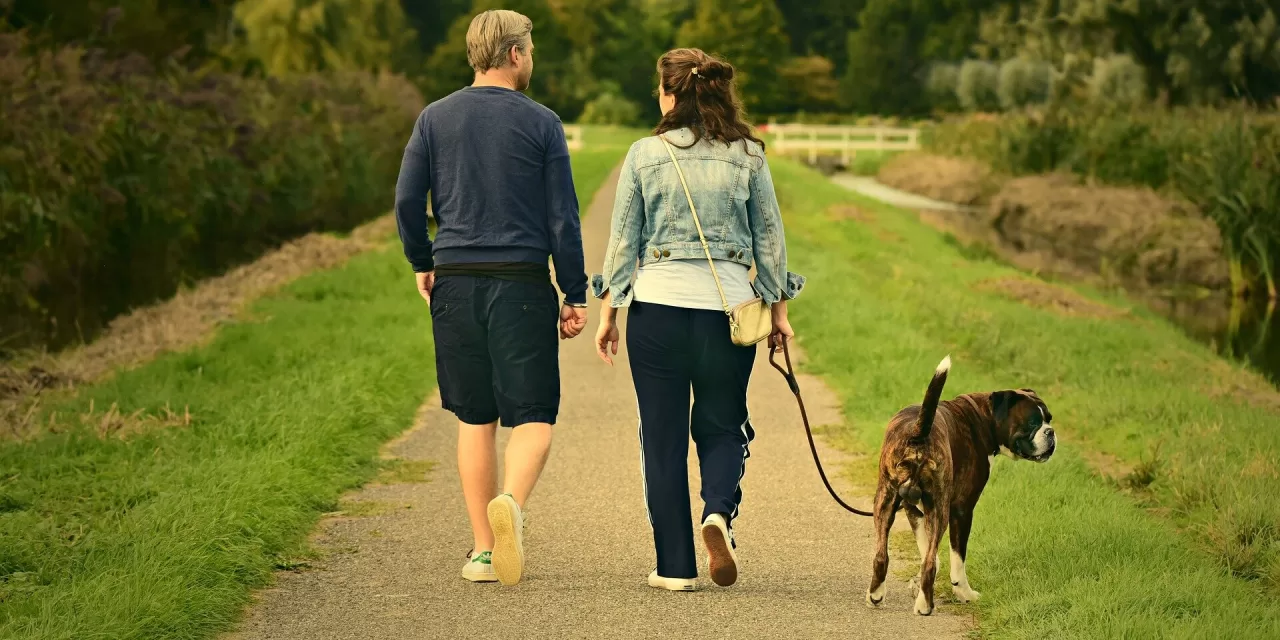Louisville, KY – Each morning, as the sun rises over the city zoo, 71-year-old Janet Rapp joins her walking club, striding briskly down the paved paths, waving at friends, and greeting familiar animals along the way. Her daily walks are more than just a morning ritual—they’re a source of energy, calm, and relief from joint pain.
“I’m obsessed,” Rapp shared, noting how walking not only revitalizes her physically but also eases her mind. “It just gives me energy… And then it calms me, too.”
Experts agree that Rapp is onto something. Walking is increasingly recognized as a powerful, accessible way to boost physical and mental health, improve fitness, and ward off disease. Dr. Sarah Eby, a sports medicine physician with Mass General Brigham, points out that walking doesn’t require special equipment or a gym membership, making it an ideal exercise for people of all ages and abilities. “The benefits are so vast,” Eby says.
Health Benefits of Walking
Walking offers numerous advantages for both physical and mental health. The U.S. surgeon general recommends at least 2 1/2 hours of moderate-intensity physical activity each week, a target that walking can help meet. Regular walking reduces the risk of heart disease, high blood pressure, dementia, depression, and even some cancers. Beyond disease prevention, walking also helps control blood sugar levels, supports bone health, and contributes to weight loss and improved sleep, explains Julie Schmied, a nurse practitioner with Norton Healthcare.
For James Blankenship, 68, joining a walking club at the Louisville Zoo was a game-changer in his recovery after a 2022 heart attack and triple bypass surgery. “My cardiologist says I’m doing great,” he shared, emphasizing how walking has improved his resilience and cardiovascular health.
The Role of Resistance and Flexibility Training
While walking offers substantial health benefits, experts caution that it’s not a one-size-fits-all solution for fitness. Anita Gust, an exercise science instructor at the University of Minnesota Crookston, notes that walking alone doesn’t build the muscle strength and endurance that resistance training can provide. For women especially, resistance exercises help maintain bone density as they age, reducing the risk of fractures.
Gust and other experts recommend adding resistance exercises—like weightlifting or body-weight exercises—at least twice weekly, alongside stretching or yoga to boost flexibility.
The Truth Behind 10,000 Steps
The popular goal of 10,000 steps a day originated from a Japanese marketing campaign in the 1960s, and while it’s helpful as a benchmark, it’s not essential for everyone. The average American walks about 3,000 to 4,000 steps daily, and gradually working up to 10,000 steps is perfectly acceptable, says Schmied.
Breaking down the weekly recommendation of 150 minutes of activity into 30 minutes per day—or 10 minutes, three times a day for five days—can make fitness goals more achievable, especially for beginners.
“You can still get great benefits at a moderate pace,” says Eby, who describes moderate-intensity exercise as an activity level where “you can talk but not sing.”
Staying Motivated with Walking Clubs
For many people, the social aspect of walking keeps them coming back. Walking clubs are growing in popularity across the country, fostering community and connection alongside fitness. In 2022, personal trainer Brianna Joye Kohn founded City Girls Who Walk in New York after a TikTok post inviting others to join her. “We had 250 girls show up,” she recalls. Since then, the group meets every Sunday, often capping off their walks with coffee or brunch.
In Louisville, the zoo’s walking club—founded in 1987 and expanded in partnership with Norton Healthcare in 2004—now has over 15,000 members. From March to October, members enjoy daily walks on a scenic 1.4-mile loop, taking in the sights of zebras, seals, and other animals before the zoo opens to the public.
For Tony Weiter, 63, who meets his siblings there weekly, it’s a cherished routine. “I enjoy the serenity of it,” he said, describing the peaceful atmosphere, crisp air, and warm sunlight.
The Takeaway
Whether it’s a solo stroll in a nearby park or a social jaunt with friends at the zoo, walking is an easy, effective way to improve health. For Rapp and many others, the walk is more than exercise—it’s a pathway to a happier, healthier life.












